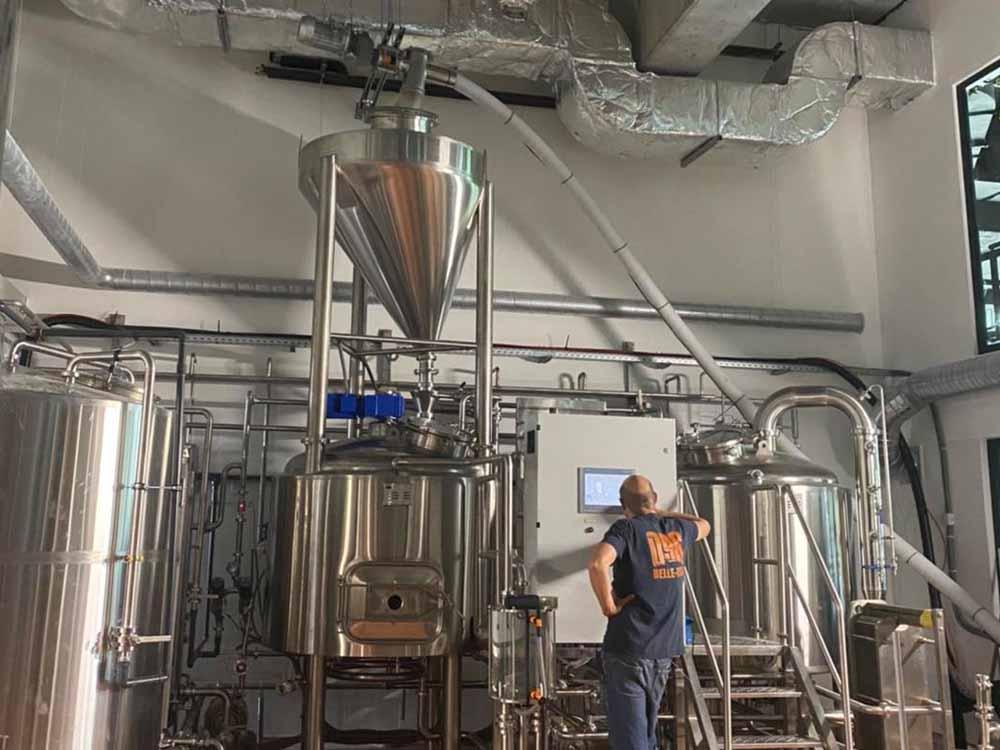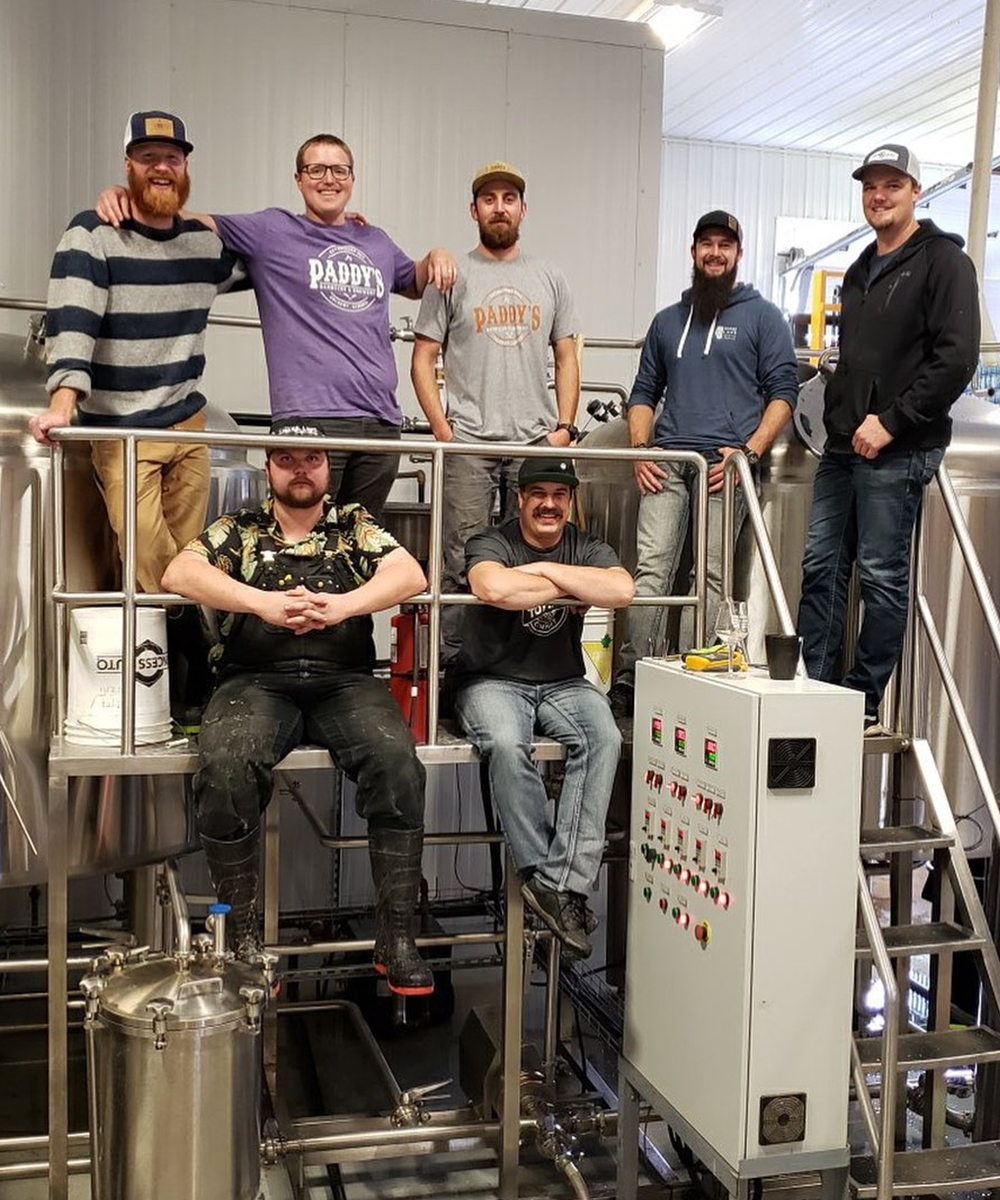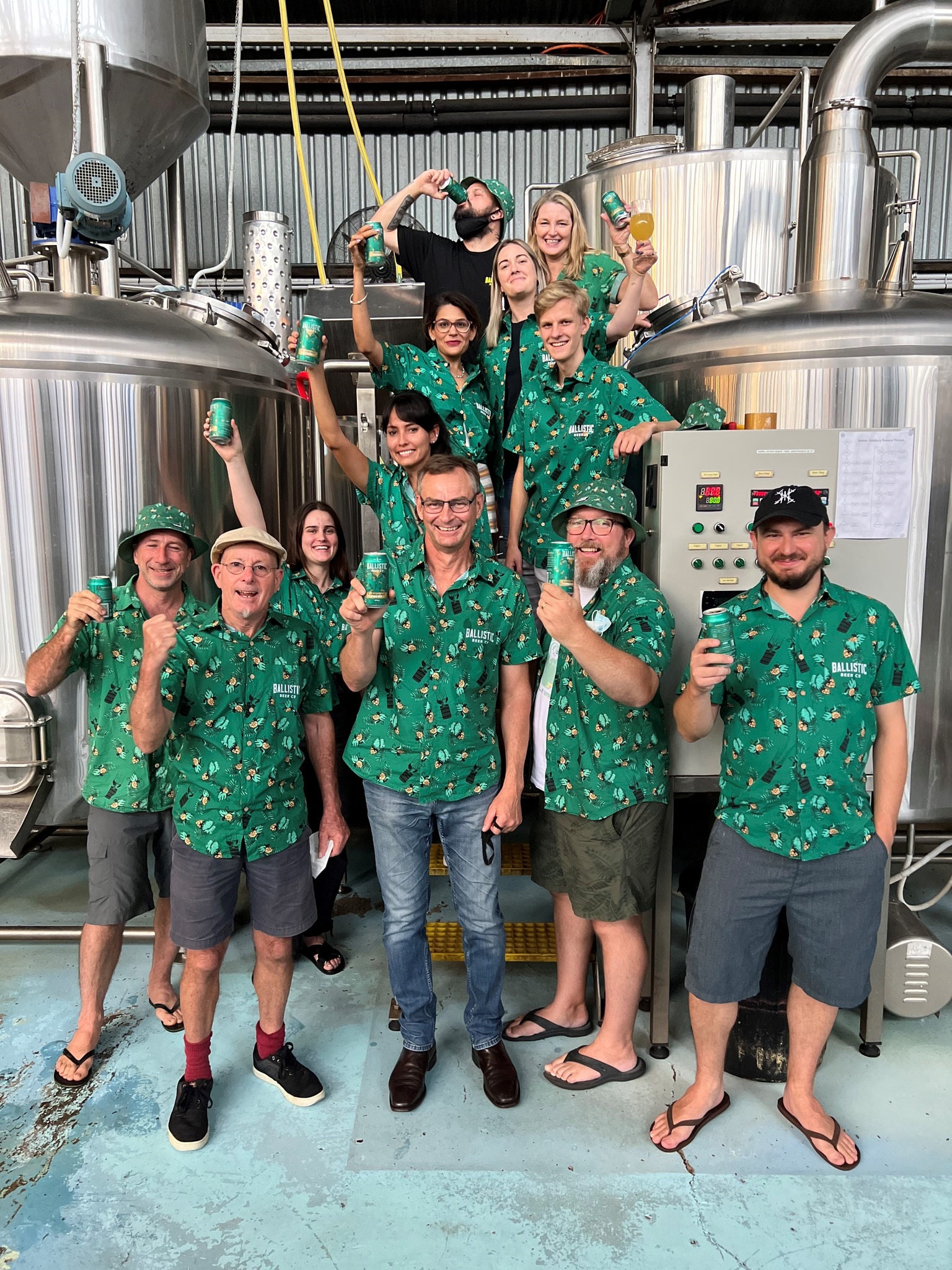Here is Sharon from Tiantai Beer Equipment Co., Ltd.
Welcome to visit our brewery equipment website!
Yeast pitching is a crucial step in the brewing process, and it refers to the addition of yeast to the wort (the sugary liquid extracted from mashing malted grains) to begin fermentation. The timing of yeast pitching can significantly impact the final product's flavor and aroma, so it's essential to get it right. The ideal time to pitch yeast depends on the type of beer you are brewing and the fermentation conditions you want to achieve. Here are some general guidelines:
Cooling the wort: After the boiling phase, the wort needs to be cooled rapidly to the appropriate fermentation temperature. This temperature will vary depending on the type of beer you are brewing. For ales, it's usually around 65-75°F (18-24°C), while lagers require cooler temperatures, around 45-55°F (7-13°C).

Oxygenation: Before yeast pitching, it's beneficial to oxygenate the wort to provide an optimal environment for yeast growth. Oxygen helps the yeast cells reproduce and kickstart fermentation. You can achieve this by splashing or stirring the wort vigorously, or by using an aeration system.
Yeast rehydration or preparation: If you're using dried yeast, rehydrate it according to the manufacturer's instructions. For liquid yeast, you might need to create a yeast starter to ensure you have a sufficient number of healthy yeast cells before pitching.

Pitching temperature: It's essential to pitch the yeast at the correct temperature to avoid shocking the yeast or causing off-flavors. Ideally, the yeast should be within a few degrees of the wort's temperature. For dry yeast, you can sprinkle it directly on the wort surface, while for liquid yeast or yeast starters, gently pour or pitch them in.

Primary fermentation: Once the yeast is pitched, it will start converting the wort's sugars into alcohol and carbon dioxide. During the primary fermentation phase, the yeast will be most active and produce the majority of the beer's flavor and aroma compounds. The duration of primary fermentation varies depending on the beer style, yeast strain, and fermentation temperature.
Secondary fermentation (optional): Some brewers choose to perform a secondary fermentation, transferring the beer to a different vessel to clarify and mature it further. However, this step is becoming less common, and many brewers now prefer to leave the beer in the primary fermenter for the entire fermentation process.
Always refer to the specific recipe and yeast manufacturer's instructions for the best results. Additionally, maintaining good sanitation practices throughout the brewing process is crucial to avoid contamination and unwanted flavors in the final product.
Happy brewing!
Sharon
Email: [email protected]










Get A Quote